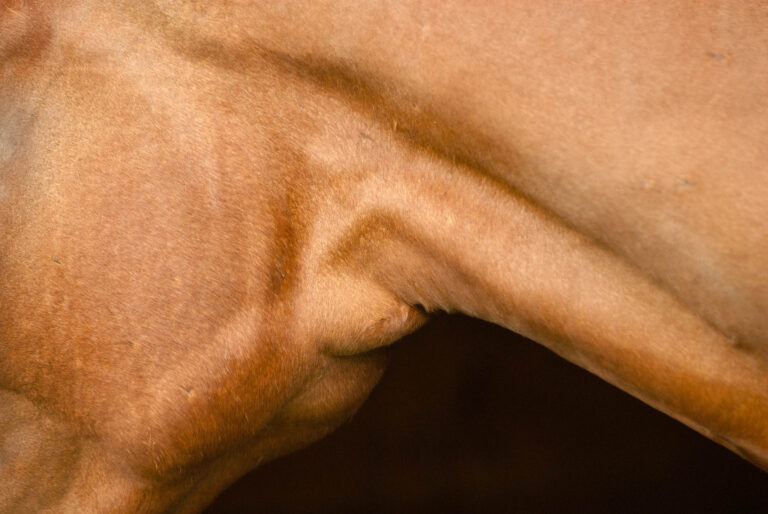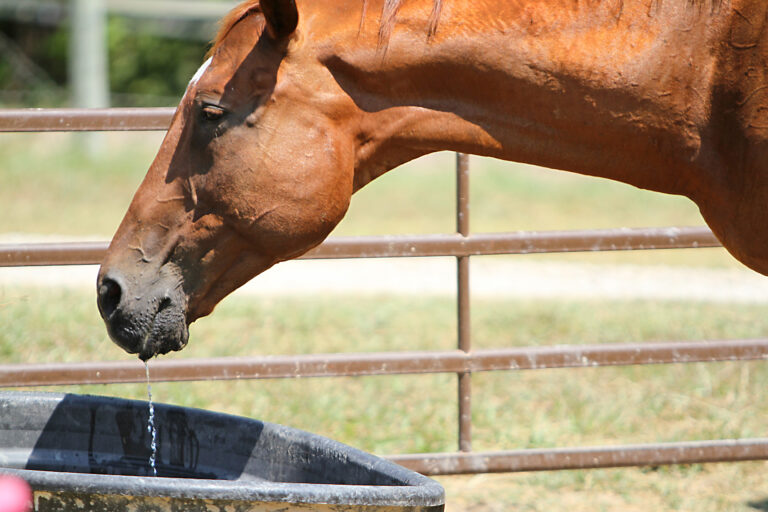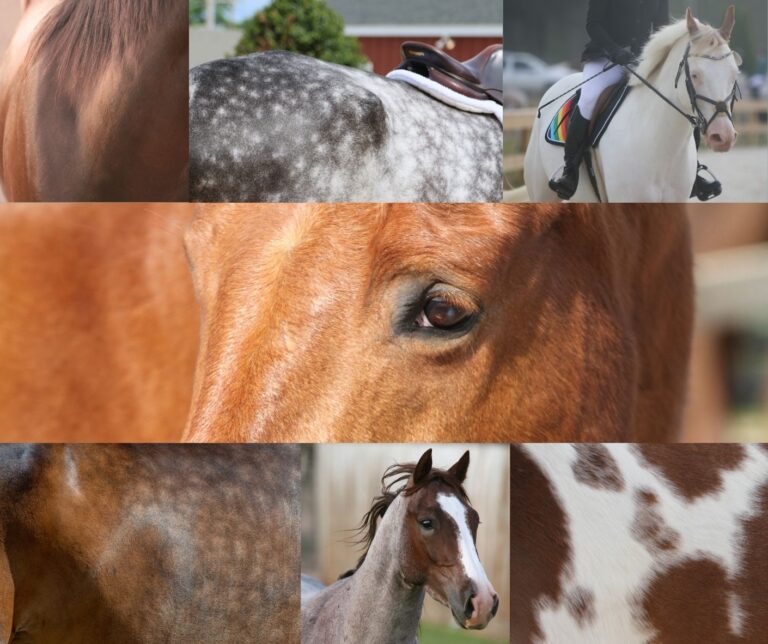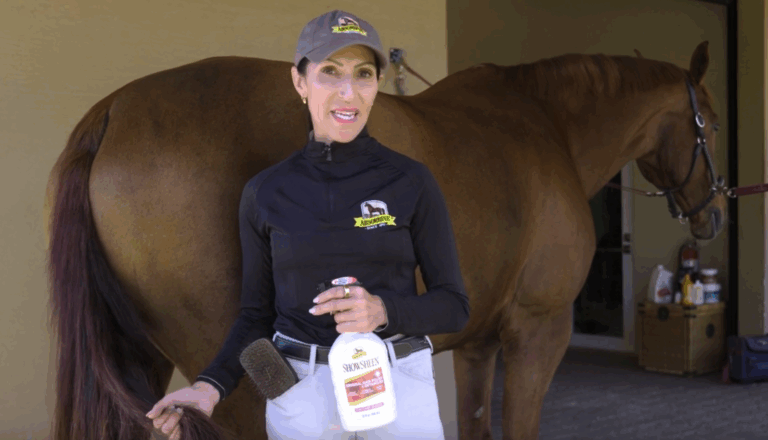All owners should know how to take their horses’ vital signs to assess their well-being. Vital signs measure the basic body functions of a horse, including temperature, pulse and respiration as well as other indicators such as mucous membranes, capillary refill time and gut sounds.
These vital signs have a normal range for a healthy horse at rest. Unusual fluctuations in these values can be an indication of illness, infection or other problems. Being familiar with what’s normal for your horse can alert you to any potential issues and prompt you to contact your veterinarian to evaluate your horse’s health.
To check your horse’s vital signs, you will need a thermometer and a watch or mobile phone to track time. A stethoscope is also a helpful tool to measure vital signs accurately. Follow the guidelines below to check your horse’s vital signs and monitor them regularly. Be sure to wait at least 20 minutes after exercising your horse to get accurate readings at rest.
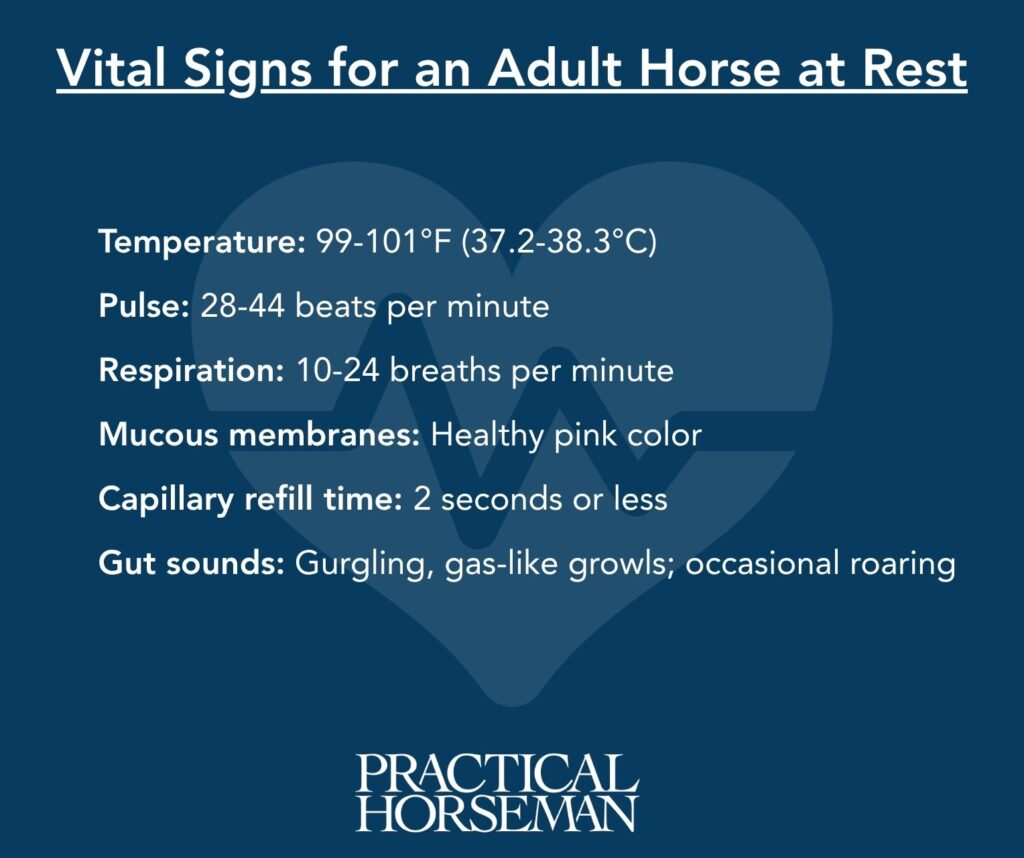
Temperature
The normal resting temperature for an adult horse is between 99-101°F . To take your horse’s rectal temperature, dip the thermometer into a small amount of lubricant, such as Vaseline®, and gently insert it into your horse’s rectum. Leave the thermometer in long enough to avoid a false low-temperature reading. Most digital thermometers will beep when the temperature reading is finished. If you use a glass mercury thermometer, you will need to wait at least three minutes to get an accurate reading. Hold the thermometer in place or clip a string attached to the thermometer to your horse’s tail.
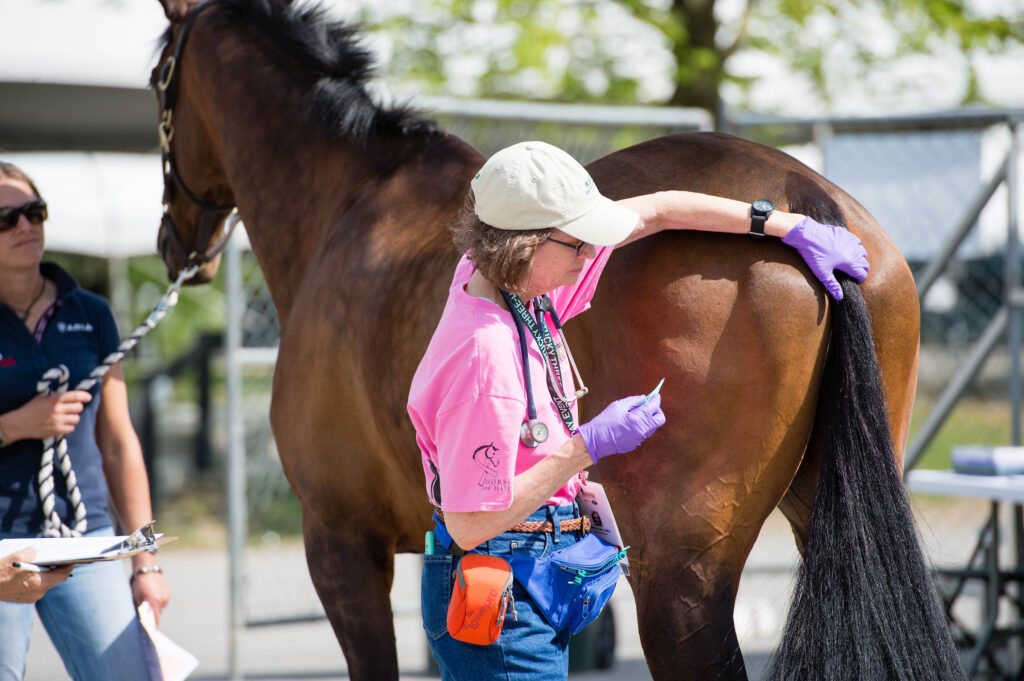
When taking a horse’s temperature, be sure to take it before giving any medications. Nonsteroidal anti-inflammatory medications are fever reducers, and other medications can also affect a horse’s temperature.
A horse with an elevated temperature between 101-102°F may be able to be monitored without needing a vet visit, but call your vet if the fever persists or your horse has a temperature of 103°F or higher. The fever could be an indication of illness or disease.
Pulse
An adult horse’s pulse, or heart rate, at rest is typically 28-44 beats per minute. You can take your horse’s pulse by using a stethoscope to listen to the heart on your horse’s left side directly behind his elbow in the girth area. The lub-dub sound made by a horse’s heart should be counted as one beat. If you don’t have a stethoscope, you can take the pulse from the lingual artery, which is a cordlike structure that crosses where the cheek and jawbone meet on the underside of the jaw. Count the beats for 15 seconds then multiply that number by four to determine your horse’s pulse in beats per minute.
When taking a horse’s pulse, make sure that you are not double-counting the heartbeats, or counting the lub and dub sounds separately, because you’ll get an incorrect pulse. Also, be sure to take your horse’s pulse when he’s calm. A nervous horse’s heart rate can be significantly higher than his normal resting heart rate.
An elevated heart rate at rest can be a sign of pain, such as from colic.
Respiration
Respiration involves a horse’s breathing, or respiratory rate. One breath is the combined inhale and exhale taken by a horse. An adult horse’s normal resting respiratory rate is 10-24 breaths per minute. You can measure your horse’s respiratory rate by watching his flank move in and out, watching his nostrils flare with every breath or using a stethoscope on his flank to listen to his breaths as the air passes through his lungs. To take your horse’s respiratory rate, count the number of breaths for 15 seconds and multiply that number by four to determine the rate in breaths per minute.
Make sure your horse is relaxed when taking his respiratory rate, as it can increase significantly if he’s nervous. Also, avoid letting your horse sniff your hand while measuring his respiratory rate because he will sniff more quickly than his normal breathing rate.
An elevated respiratory rate can be a sign of respiratory issues, such as equine asthma, or another indicator of a fever.
Mucous Membranes
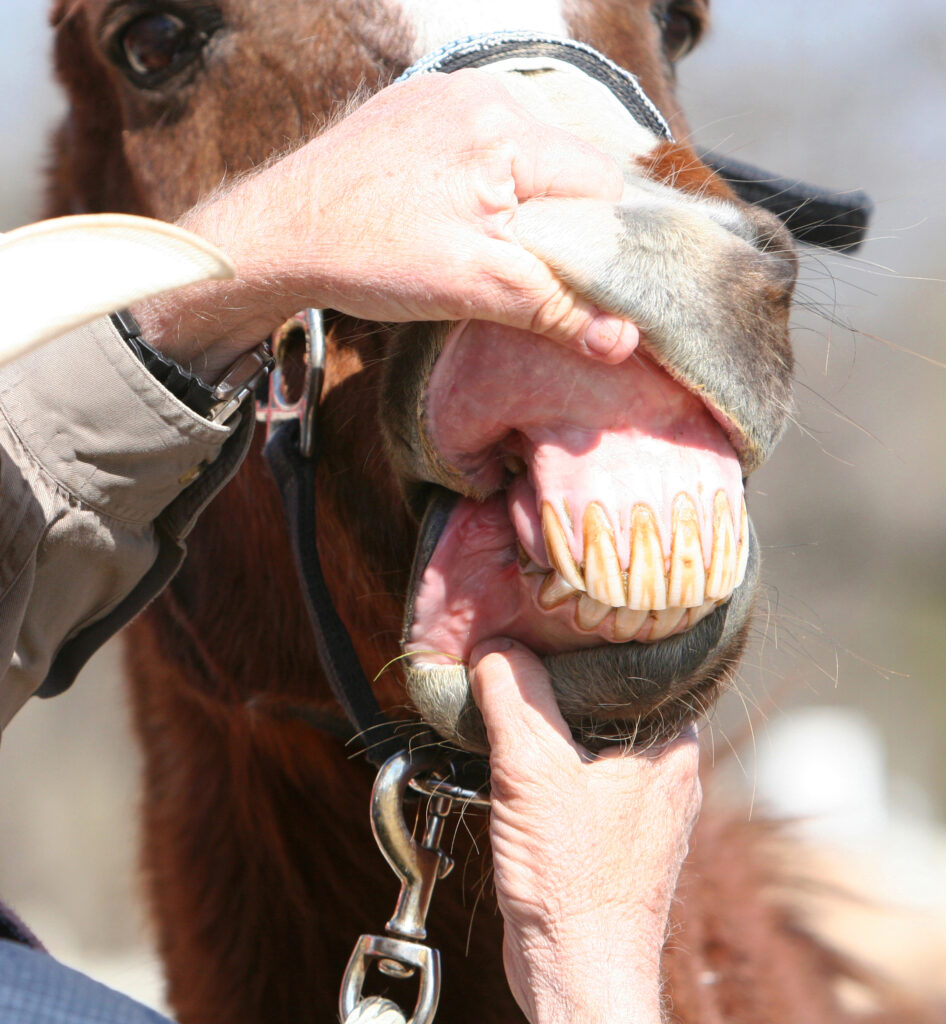
The mucous membranes line a horse’s mouth and gums, and they should be moist and have a healthy pink color. You can check your horse’s mucous membranes by gently pulling up his upper lip to inspect his mouth. Pale white or grayish gums can indicate illness, while bright red gums can be a sign of dehydration, infection or toxin ingestion.
Capillary Refill Time
Capillary refill time refers to the amount of time it takes for a horse’s gum color to return to pink after being pressed with a finger. The normal capillary refill time for a horse is two seconds or less. To check your horse’s capillary refill time, pull up his upper lip and gently press your thumb against his gums directly above a tooth. Release your thumb and count how many seconds it takes for the gums to return to their original color. If the color doesn’t return quickly to the gums, the horse’s circulation may be affected by a health issue.
Gut Sounds
As a horse digests food, his gut will make rhythmic gurgling, gas-like growls and occasionally roaring sounds. You can check your horse’s gut sounds by placing your ear or a stethoscope against both sides of his abdomen—high and low. A healthy horse’s gut will make the routine digestive sounds, but prolonged silence could indicate an abnormality or colic.
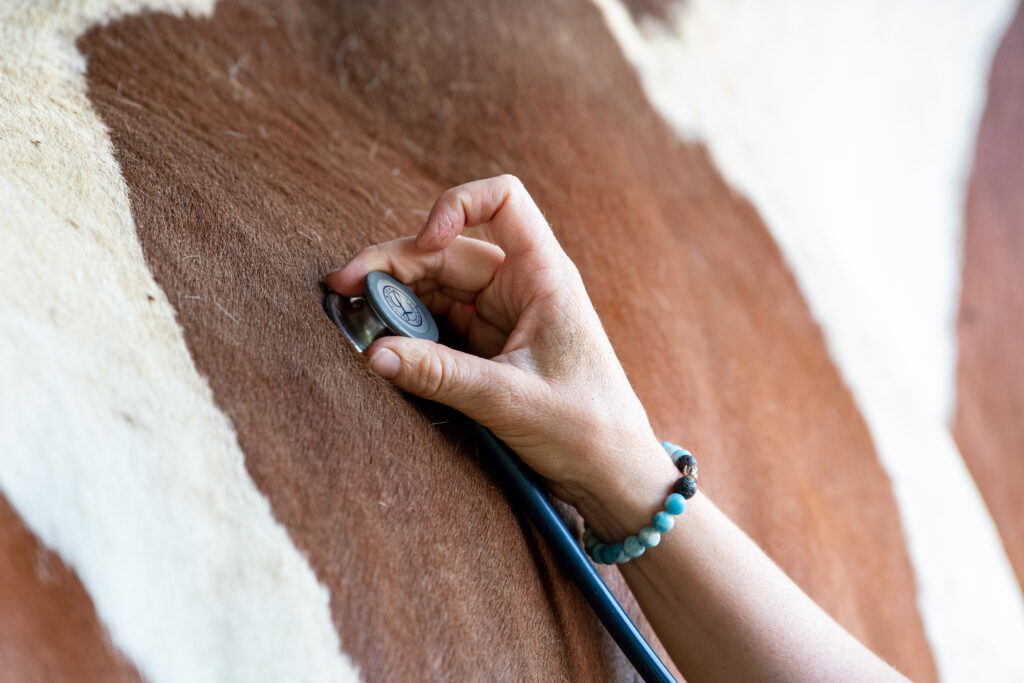
Become familiar with your horse’s resting vital signs by checking them once or twice a month, so you can recognize when you need to call your vet for a possibly critical health issue.

Practical Horseman thanks Caitlin Rothacker, DVM, DABVP, for her technical assistance in the preparation of this article. Rothacker is a partner at Grand Prix Equine in Newtown, Connecticut. Her interests include lameness and diagnostic imaging, purchase exams as well as routine preventive care.
This article originally appeared in the summer 2025 issue of Practical Horseman.





